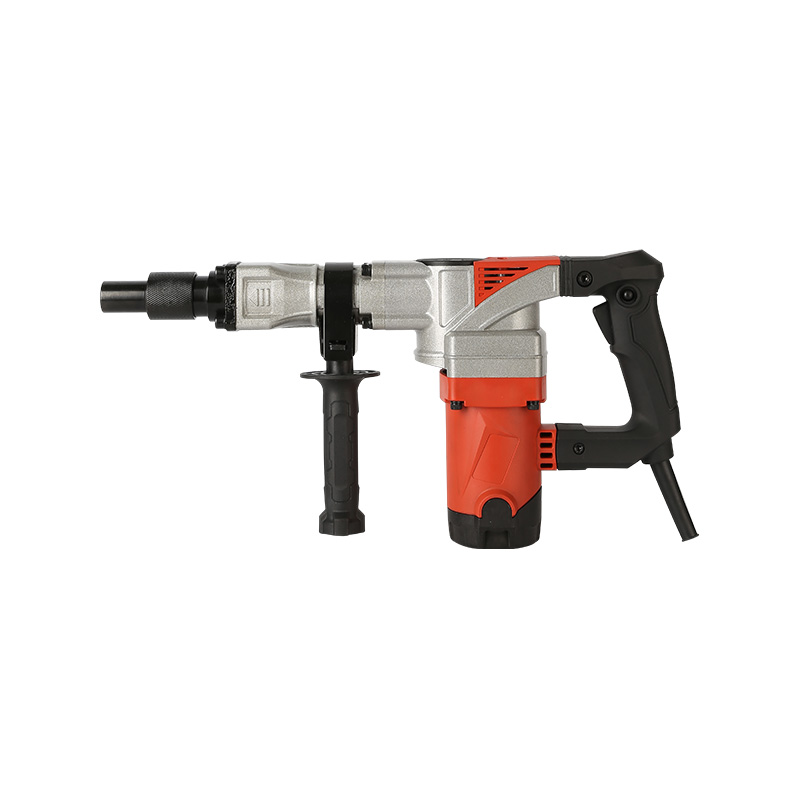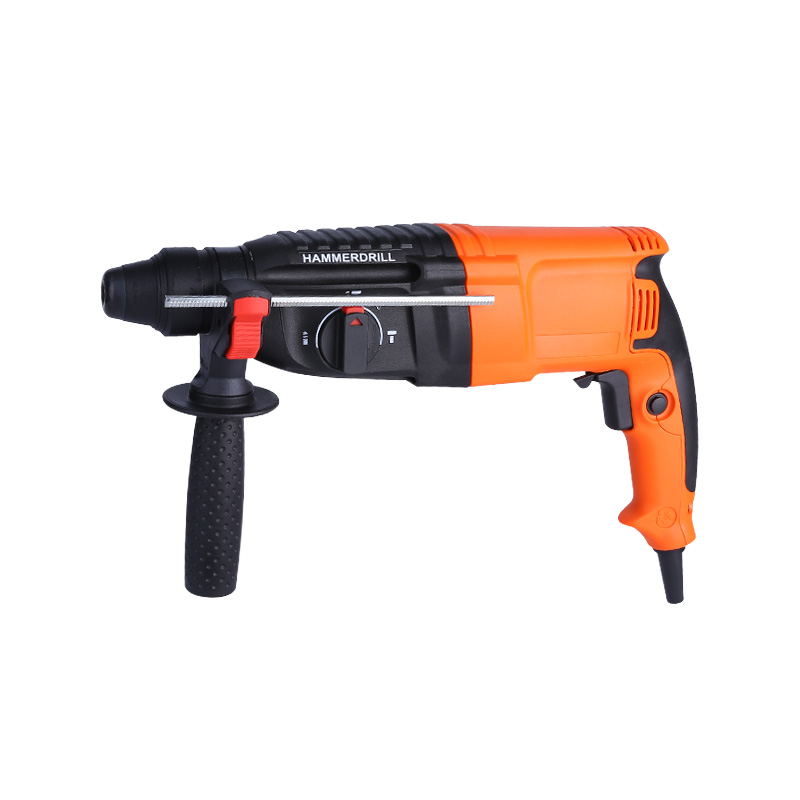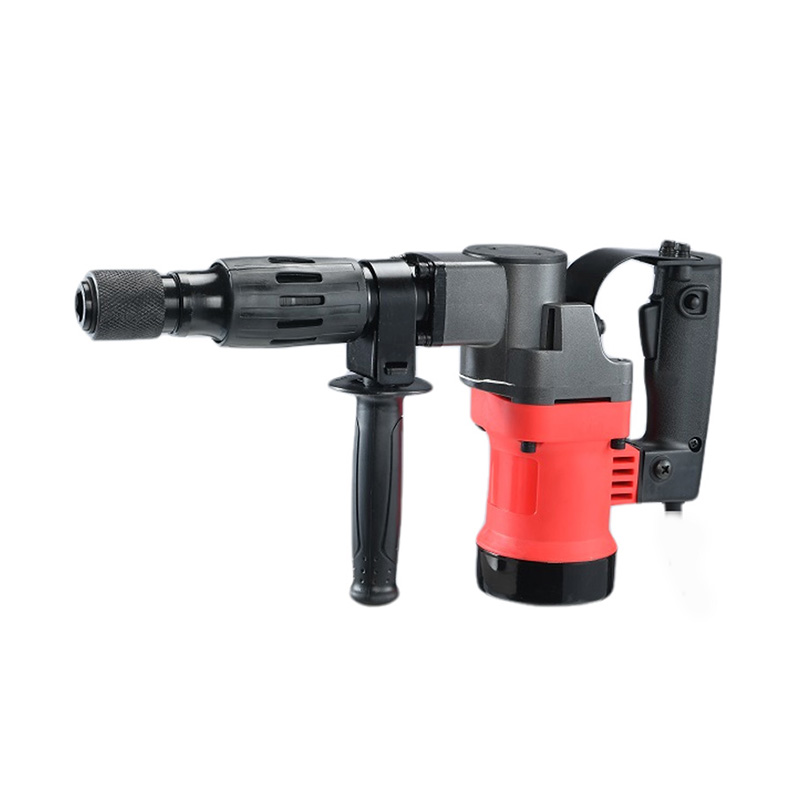Information to be updated
We are a production-oriented enterprise founded in 1995. As one of the earliest factories in China engaged in the production of power tools, we have established the most complete parts supply chain in the industry. We have set a precedent for China's electric exports and maintain a leading position in this field.
In 2013, we established our own assembly line to assemble rotary hammers. We have always been at the forefront of innovation and customer satisfaction, and our commitment to ensuring product integrity extends to our use of only copper motors and strict quality control standards. Our customers enjoy the benefits of an unparalleled supply chain, which guarantees timely delivery of high-quality products and our commitment to win-win solutions.
We are true achievers of honesty, practicality and perfectionism. At Hufeng Industry and Trade Co., Ltd., excellence is our commitment and your satisfaction is our top priority. We warmly welcome your visit and consultation.

Our 30 years of customization experience have created Hufeng’s brand value.
18Oct
11Oct
04Oct
27Sep
20Sep
13Sep
In the construction and carpentry industries, the advent of cordless power tools has significantly transformed the way professionals approach their work. Among these innovations, the Lithium Cordless Rotary Hammer stands out as a game-changer, revolutionizing productivity, efficiency, and on-site flexibility.
Unveiling the Technology Behind Lithium Cordless Rotary Hammers
The Lithium Cordless Rotary Hammer represents a fusion of cutting-edge lithium-ion battery technology and robust hammer drill mechanisms. Lithium-ion batteries offer higher energy densities, longer cycle lives, and faster recharge times compared to traditional NiCad or lead-acid batteries. These batteries power the tool, delivering sustained performance and eliminating the constraints of power cords, granting workers unrestricted mobility on job sites.
these hammers feature a pneumatic mechanism that delivers rapid, hammering blows necessary for drilling through concrete, masonry, or stone. This combination of battery technology and hammering mechanism not only ensures portability but also maintains high levels of power and torque, rivalling corded counterparts.
The Impact on Industry Practices and Efficiency
The introduction of Lithium Cordless Rotary Hammers has resulted in a paradigm shift within the construction industry. Traditionally, corded tools restricted workers due to the need for power outlets or generators, limiting mobility and productivity. With cordless rotary hammers, professionals can operate without constraints, enabling them to access remote or hard-to-reach areas without compromising on power.
This tool's versatility extends beyond its mobility advantages. Its ability to drill holes, drive fasteners, and chisel materials makes it an all-in-one solution for various tasks, reducing the need to switch between different tools. This versatility streamlines workflows, saving time and effort, ultimately enhancing project timelines and overall efficiency.
Challenges and Future Innovations
While Lithium Cordless Rotary Hammers have revolutionized the industry, challenges remain. Battery life and power output are critical concerns, often requiring backup batteries for extended use. However, ongoing advancements in battery technology aim to address these limitations by enhancing energy densities and runtime, thereby mitigating these concerns.
manufacturers are continually refining ergonomics and durability, ensuring these tools are comfortable to use over extended periods while withstanding the rigors of construction environments.
The Lithium Cordless Rotary Hammer has emerged as a pivotal tool in the construction industry, reshaping workflows and safety standards. Its introduction signifies a shift in the way tasks are approached on job sites, offering a blend of mobility, power, and versatility that was previously unattainable with corded tools.
Impact on Construction Workflows
One of the most significant contributions of the Lithium Cordless Rotary Hammer is its ability to enhance construction workflows. Traditionally, corded tools constrained workers to areas with accessible power outlets, limiting mobility and productivity. with cordless rotary hammers, professionals can navigate job sites without the hindrance of cords, accessing remote locations and maneuvering around obstacles seamlessly. This freedom revolutionizes workflows, allowing for increased efficiency and reduced downtime associated with cord management.
the multifunctionality of these hammers—drilling, driving, and chiseling—consolidates several tasks into one tool. This versatility streamlines workflows, eliminating the need to switch between different devices, ultimately saving time and optimizing project schedules.
Safety Standards and Ergonomic Advancements
Beyond workflow enhancements, the Lithium Cordless Rotary Hammer contributes significantly to improving safety standards on construction sites. Its cordless nature eliminates the risks associated with cords, such as tripping hazards or accidental entanglements. Workers can navigate complex or hazardous terrain without the worry of cord interference, thereby reducing the likelihood of on-site accidents.
manufacturers have prioritized ergonomic design, focusing on reducing tool weight and incorporating vibration reduction mechanisms. These improvements minimize operator fatigue and the risk of repetitive strain injuries, enhancing worker comfort and safety during prolonged tool use.
Challenges and Future Developments
While the Lithium Cordless Rotary Hammer has brought about substantial advancements, challenges persist. Battery life and power output remain critical concerns, particularly for prolonged use on demanding tasks. However, ongoing innovations in battery technology aim to extend runtime and increase power capacities, addressing these limitations and improving overall tool performance.
continued research and development efforts focus on refining safety features, including integrated safety sensors and enhanced shock absorption systems, ensuring further mitigation of on-site risks and injuries.





